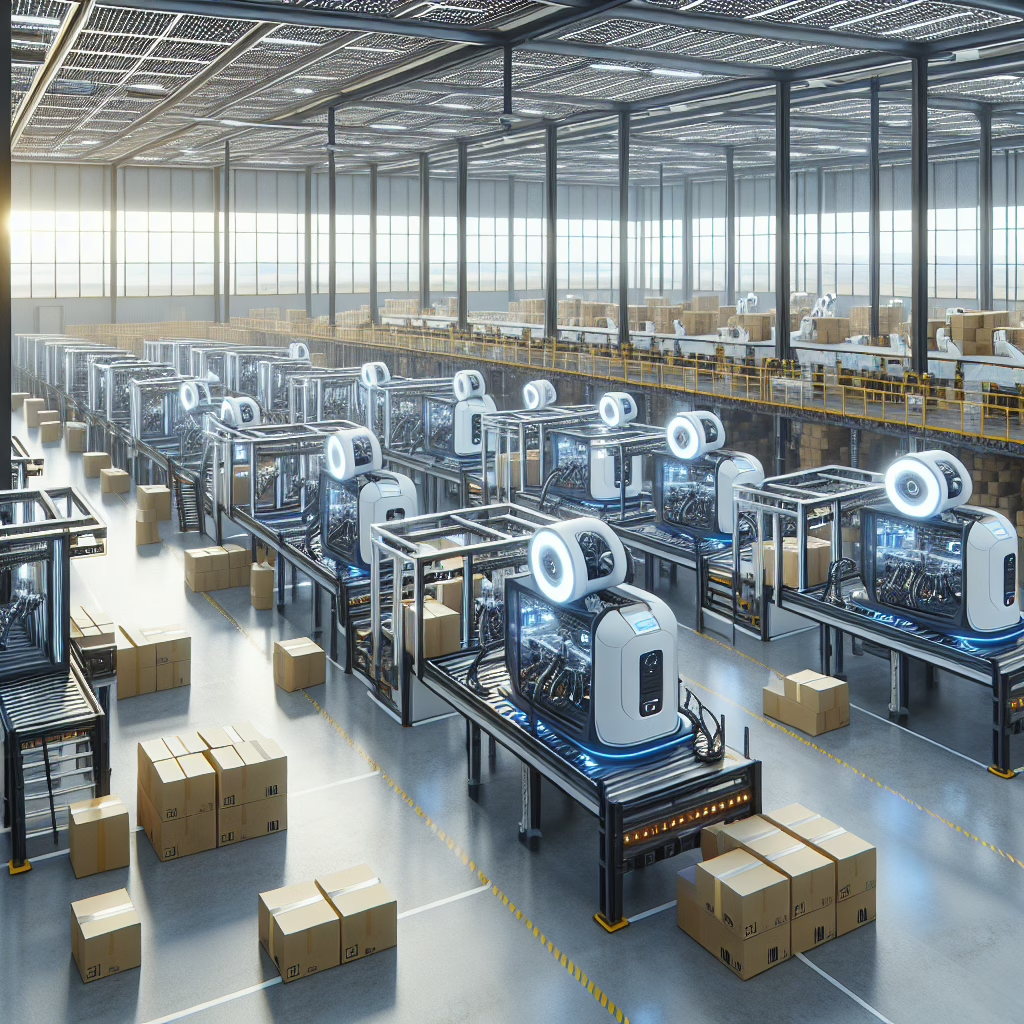Ah, the global supply chain! A complex web that connects producers, suppliers, and consumers in ways that sometimes seem more intricate than a Shakespearean plot. As we dive into the global supply chain trends shaping 2025, let’s sprinkle a bit of humor on this serious topic while we uncover some fascinating insights. Whether it’s embracing technology or adopting sustainability measures, the future is looking bright!
Embracing AI: The Future of Supply Chains
Artificial Intelligence (AI) is no longer just a sci-fi dream; it’s the new best friend of logistics managers everywhere. In 2025, expect AI to play a starring role in optimizing supply chains. From predictive analytics that forecast demand like a weather app predicting rain to automated warehouses resembling something out of a futuristic movie, AI is set to revolutionize how goods move around the globe.
Imagine this: instead of relying on spreadsheets that look like they were designed in the 90s, companies will use advanced algorithms to anticipate market shifts. This means less guessing and more precision—because let’s face it, nobody wants to be caught with too many inflatable flamingos when all anyone wants are beach towels!
Sustainability Takes Center Stage
As we strut into 2025, sustainability isn’t just a buzzword; it’s becoming a necessity. Consumers are increasingly demanding eco-friendly practices, and companies are stepping up their game. Green logistics will be the name of the game as businesses aim to reduce their carbon footprints.
Picture this: a delivery truck powered by renewable energy sources, zipping through city streets like it’s on a mission to save the planet. Companies will not only focus on reducing emissions but also on sustainable sourcing and packaging. Who knew that cardboard could become the superhero of the supply chain?
The Rise of Nearshoring in Response to Global Supply Chain Trends
Gone are the days when businesses relied solely on distant suppliers for every little thing. Enter nearshoring—the trend where companies relocate their manufacturing closer to home. In 2025, expect this strategy to flourish as firms seek more resilient supply chains and adapt to modern requirements.
- Reduced Lead Times: Nearshoring minimizes shipping times, allowing companies to respond faster to market demands.
- Cost Efficiency: With proximity, there can be less reliance on costly international shipping and reduced tariffs.
- Enhanced Control: Businesses gain better oversight of production processes, improving quality assurance.
Why? Well, for starters, shipping times will shrink faster than you can say “delay.” Plus, businesses can be more agile and responsive to market demands. It’s like having your cake and eating it too—only this cake is made of locally sourced ingredients!
Blockchain: The Trusty Sidekick in Global Supply Chain Innovations
Blockchain technology isn’t just for cryptocurrencies anymore; it’s making waves in supply chains as well. By providing transparency and traceability, blockchain allows companies to track products from origin to shelf.
This means no more wondering if your avocado toast ingredients come from sustainable farms or if they’ve traveled further than your last vacation. Consumers can enjoy peace of mind knowing exactly where their products come from—a level of transparency that makes even the most skeptical shopper nod in approval.
The Workforce of Tomorrow: Adapting to Supply Chain Trends
As automation takes over routine tasks, the workforce in supply chains will evolve too. In 2025, expect a shift towards roles that require critical thinking and problem-solving skills rather than simple task execution. Robots might handle the heavy lifting (literally!), but humans will still be needed for decision-making and creativity.
This shift opens up exciting opportunities for training and development within organizations. Think of it as a corporate version of “The Biggest Loser,” but instead of shedding pounds, employees will gain skills that make them invaluable in an ever-changing market.
Conclusion: Join the Conversation!
The global supply chain landscape is evolving at an unprecedented pace as we move towards 2025. With advancements in AI, sustainability efforts taking root, nearshoring gaining popularity, and blockchain ensuring transparency, there’s plenty to discuss! What trends do you think will dominate? Share your thoughts below—let’s keep the conversation going!
A special thanks to Xinhua News for providing valuable insights into these trends. For more on supply chain trends, check out our related articles, and stay informed about the ever-changing landscape of the global supply chain.

